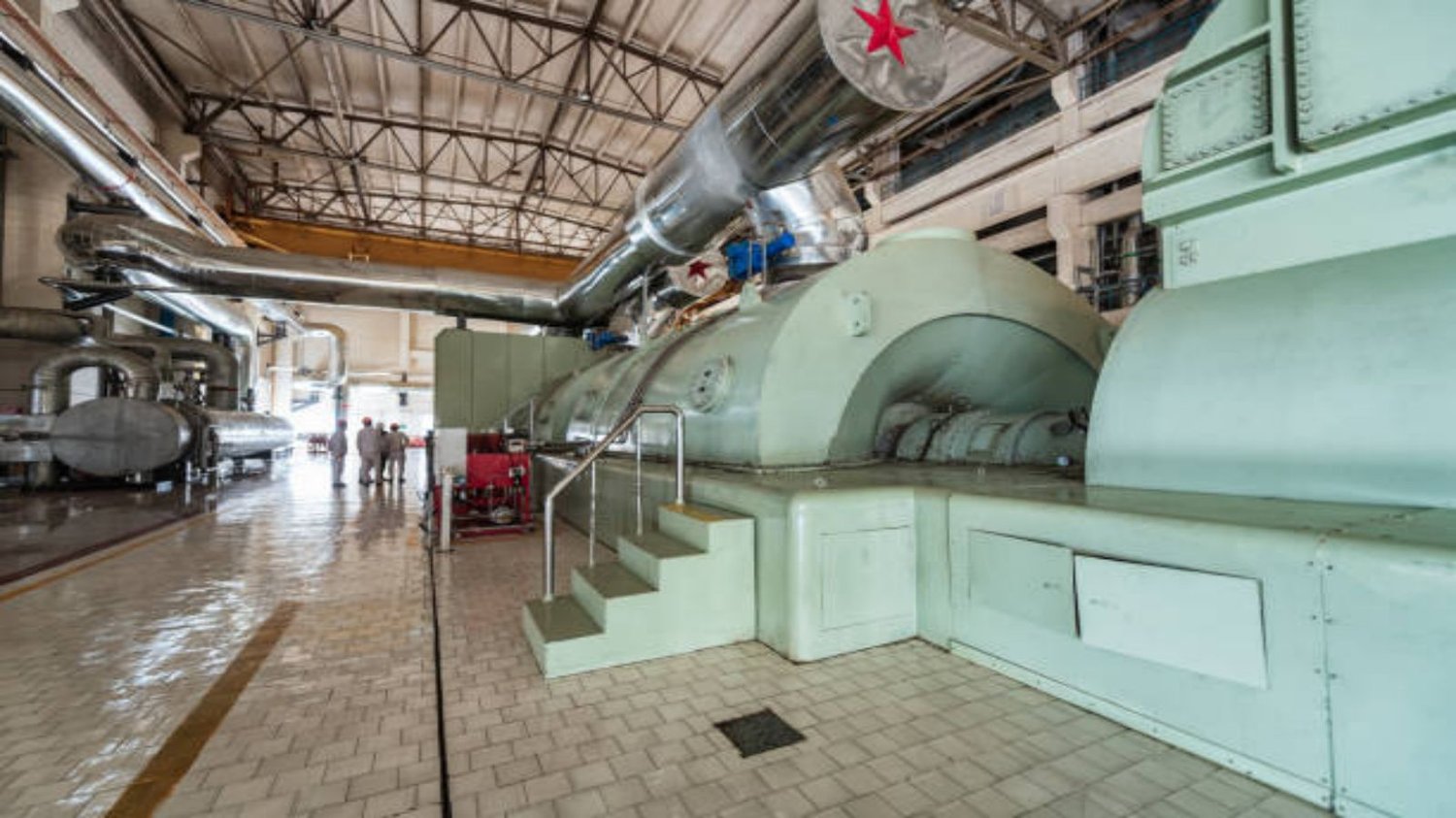types of industrial cooling systems: A Comprehensive Guide
Industrial cooling systems are essential for maintaining optimal operating conditions in various industrial processes. These systems are designed to remove excess heat generated by machinery, equipment, or processes to prevent damage, improve efficiency, and ensure the safety of workers. In this article, we will explore the different types of industrial cooling systems and their applications.
1. Air Cooling Systems
Air cooling systems are one of the most common types of industrial cooling systems. They rely on the principle of convective heat transfer, where heat is dissipated into the surrounding air. These systems use fans, blowers, or air compressors to circulate ambient air over heat-generating components, such as engines, compressors, or electrical equipment. Air cooling systems are widely used in applications where water is scarce or its use is impractical, such as remote locations or mobile equipment.
2. Water Cooling Systems
Water cooling systems are another popular choice for industrial cooling. These systems use water as a cooling medium and are highly efficient in dissipating large amounts of heat. Water cooling systems can be further classified into two types: once-through systems and closed-loop systems. Once-through systems use a continuous flow of water to remove heat, while closed-loop systems circulate water in a closed circuit, utilizing a heat exchanger to transfer heat to a secondary cooling medium, such as air or another liquid.
3. Refrigeration Systems
Refrigeration systems are commonly used in industries that require precise temperature control, such as food processing, pharmaceuticals, and chemical manufacturing. These systems use a refrigerant, typically a gas or liquid, to absorb heat from the process or equipment and transfer it to the surroundings. Refrigeration systems can achieve temperatures below the ambient temperature, making them suitable for applications that require cooling below the freezing point of water.
4. Evaporative Cooling Systems
Evaporative cooling systems utilize the principle of evaporation to cool the air or a liquid. These systems work by passing air or liquid through a media saturated with water, causing the water to evaporate and absorb heat from the surrounding environment. Evaporative cooling systems are commonly used in industrial settings where high volumes of air need to be cooled, such as power plants, data centers, or large manufacturing facilities.
5. Absorption Cooling Systems
Absorption cooling systems are primarily used in industrial applications where waste heat is available. These systems use a refrigerant and an absorbent to remove heat from a process or equipment. The waste heat is used to regenerate the absorbent, making absorption cooling systems energy-efficient. They are often employed in combined heat and power (CHP) systems or industrial processes that generate a significant amount of waste heat.
6. Cryogenic Cooling Systems
Cryogenic cooling systems are designed to achieve extremely low temperatures by using cryogenic fluids, such as liquid nitrogen or helium, as the cooling medium. These systems find applications in industries like medical research, aerospace, or semiconductor manufacturing, where precise temperature control is critical. Cryogenic cooling systems can cool equipment or processes to temperatures well below -100 degrees Celsius, making them suitable for ultra-cold applications.
7. Hybrid Cooling Systems
Hybrid cooling systems combine two or more cooling technologies to achieve optimal cooling efficiency. These systems are often customized to meet specific industrial requirements and can combine air cooling, water cooling, evaporative cooling, or other cooling methods. Hybrid cooling systems are frequently used in large industrial complexes or power plants to maximize cooling performance while minimizing energy consumption.
8. Phase-Change Cooling Systems
Phase-change cooling systems utilize the latent heat of a substance during phase transition to remove heat. These systems are commonly used in applications where space is limited or where direct contact cooling is required. Phase-change cooling systems can achieve high cooling capacities and are often used in electronic devices, such as computers or servers, to prevent overheating and ensure reliable operation.
9. Heat Recovery Systems
Heat recovery systems aim to capture and utilize waste heat generated by industrial processes or equipment. These systems recover the heat and repurpose it for other applications, such as space heating, water heating, or power generation. Heat recovery systems can significantly improve energy efficiency and reduce overall energy consumption in industrial facilities.
10. Thermal Storage Systems
Thermal storage systems store excess heat generated during non-peak hours and release it during peak demand periods. These systems allow industrial facilities to optimize their energy usage by utilizing stored heat when cooling demand is high. Thermal storage systems can be combined with various cooling methods to provide cost-effective and energy-efficient cooling solutions.
In conclusion, industrial cooling systems come in various types, each with its own advantages and applications. Air cooling systems, water cooling systems, refrigeration systems, evaporative cooling systems, absorption cooling systems, cryogenic cooling systems, hybrid cooling systems, phase-change cooling systems, heat recovery systems, and thermal storage systems all play a crucial role in maintaining optimal operating conditions in industrial processes. Understanding the different types of industrial cooling systems can help industries choose the most suitable solution for their specific needs.
